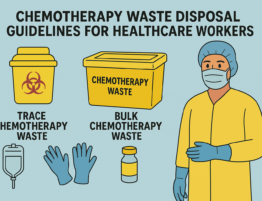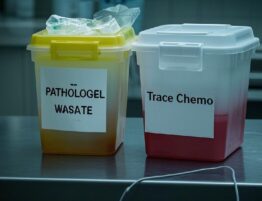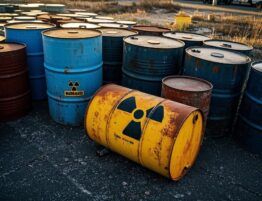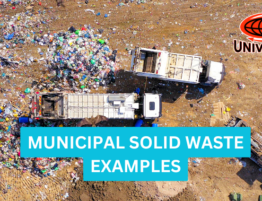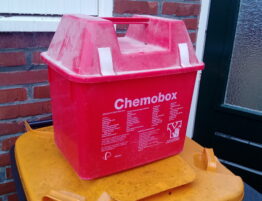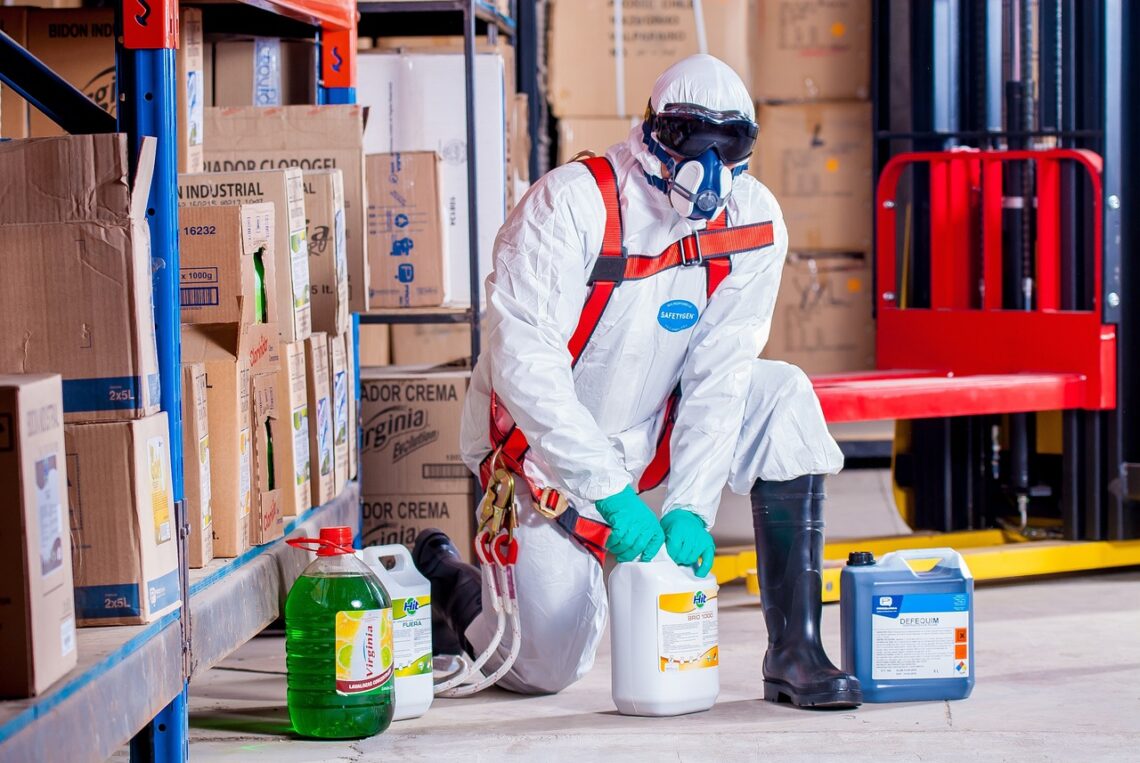
Importance of Chemical Waste Disposal
As industries continue to produce chemicals crucial for everyday goods and services, managing chemical waste has become increasingly important. Improper disposal of these chemicals can harm both the environment and human health. With growing industrial activities and a larger global population, responsible chemical waste disposal is more essential than ever. This article explores why chemical waste disposal matters, how it works, and best practices for safe and effective management.
Why Chemical Waste Disposal Matters
Improper disposal of chemical waste can have severe consequences. Hazardous chemicals like heavy metals, solvents, and pesticides can contaminate air, water, and soil, leading to long-lasting environmental damage. Small amounts of toxic waste can destroy ecosystems, harm wildlife, and disrupt natural habitats.
Human health is also at risk. Exposure to chemical waste can cause chronic illnesses, poisoning, or even death. Contaminated water supplies, for example, can affect millions of people, making proper chemical waste disposal critical for both environmental and public health.
Chemical Waste Types and Categories
Chemical waste refers to discarded materials contaminated by chemicals, and it can come from various sources like industries, laboratories, or households. It’s important to recognize the different types of chemical waste to dispose of it properly:
- Hazardous Waste
Hazardous waste includes chemicals that are toxic, corrosive, flammable, or reactive. Industrial solvents and pesticides are examples, and they require special disposal methods. - Non-Hazardous Waste
Non-hazardous waste poses a lower risk but still requires proper disposal. Certain chemical by-products from manufacturing processes are examples. - E-waste (Electronic Waste)
E-waste includes discarded electronics that may contain harmful chemicals like mercury or lead. These materials need to be carefully disposed of to prevent environmental damage.
How Chemical Waste Disposal Works
Chemical waste disposal aims to neutralize, isolate, or treat harmful chemicals to prevent environmental harm. Several methods are used, depending on the type of waste:
- Chemical Neutralization
Neutralization involves reacting harmful chemicals (e.g., acids) with neutralizing substances like bases, turning them into less harmful materials. - Incineration
Incineration burns highly toxic or flammable waste at high temperatures to break down chemicals into safer by-products such as gas or ash. - Landfilling with Precautions
In some cases, hazardous waste is stored in special landfills lined with barriers to prevent chemicals from leaking into the ground. - Recycling and Reuse
Recycling involves recovering chemicals from waste to reuse in new products, reducing the need for raw materials and lessening environmental impact.
Best Practices for Chemical Waste Disposal
Proper chemical waste disposal protects the environment, workers, and the public. Here are key practices to ensure safety and compliance:
- Classify Waste Correctly
Properly identify and classify chemical waste based on its properties to ensure it’s handled and disposed of safely. Keeping an inventory of chemical waste helps prevent mishandling. - Use Proper Containers
Store waste in containers designed for the specific type of chemical waste. Containers should be clearly labeled, sealed, and stored in secure areas. - Follow Safety Procedures
Workers handling chemical waste must be trained in safety protocols and equipped with protective gear such as gloves, goggles, and respirators. - Work with Certified Disposal Services
Certified disposal services have the expertise and equipment to manage hazardous waste safely and comply with environmental regulations. - Monitor Disposal Sites
For waste disposed of in landfills or through incineration, ongoing monitoring is necessary to ensure proper management and prevent contamination.
Global Regulations for Chemical Waste Disposal
Governments worldwide have established regulations to ensure safe chemical waste disposal. Some key regulations include:
- The Resource Conservation and Recovery Act (RCRA)
In the U.S., the RCRA sets standards for hazardous waste management, ensuring proper treatment, storage, and disposal. - The European Union’s Waste Framework Directive
This directive focuses on minimizing waste and promoting recycling, including regulations for chemical waste management. - The Basel Convention
An international treaty that controls the transboundary movement of hazardous waste and promotes environmentally sound disposal practices. - Local and National Guidelines
In addition to global standards, many countries have their own regulations to manage chemical waste, which must be followed to prevent legal and environmental issues.
Chemical Waste Disposal Across Different Industries
Each industry handles chemical waste differently. Some sectors produce more hazardous waste than others, requiring tailored disposal methods:
- Industrial Manufacturing
Industries like petrochemical and metal manufacturing generate large amounts of hazardous waste. Technologies like incineration and advanced filtration help prevent pollution. - Laboratories and Research
Labs may produce smaller amounts of chemical waste, but it can still be highly toxic. Specialized disposal services are needed for lab-generated waste. - Agriculture and Pesticides
Pesticides and fertilizers used in agriculture create significant chemical waste. Proper disposal is vital to avoid contaminating soil and water. - Healthcare and Pharmaceuticals
Hospitals and pharmaceutical companies must properly dispose of hazardous medical waste, including chemotherapeutic waste. For safe disposal solutions, check Universal Waste Management.
Frequently Asked Questions (FAQs)
Q1: What are the dangers of improper chemical waste disposal?
Improper disposal can lead to pollution, contaminated water supplies, and harmful health effects such as poisoning. It can also damage ecosystems and biodiversity.
Q2: Can chemical waste be recycled?
Yes, many chemicals can be recycled or reused, like solvents and metals. This reduces the need for raw materials and minimizes environmental harm.
Q3: How can I tell if a chemical is hazardous?
Hazardous chemicals are typically toxic, corrosive, flammable, or reactive. Labels on containers and material safety data sheets (MSDS) provide details on handling, storage, and disposal.
Q4: Is there a universal standard for chemical waste disposal?
While there is no single global standard, many international regulations, such as the Basel Convention and the RCRA, guide safe chemical waste management.
Final Thoughts
Chemical waste disposal is an essential responsibility for protecting our health, environment, and future generations. By following proper procedures, using safe disposal technologies, and adhering to regulations, we can minimize environmental impact and contribute to a sustainable future. Let’s all do our part in ensuring safe chemical waste disposal for a cleaner, healthier world.

